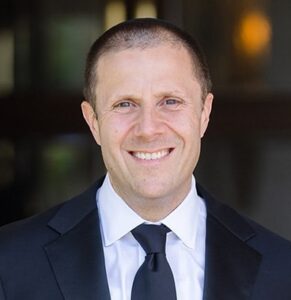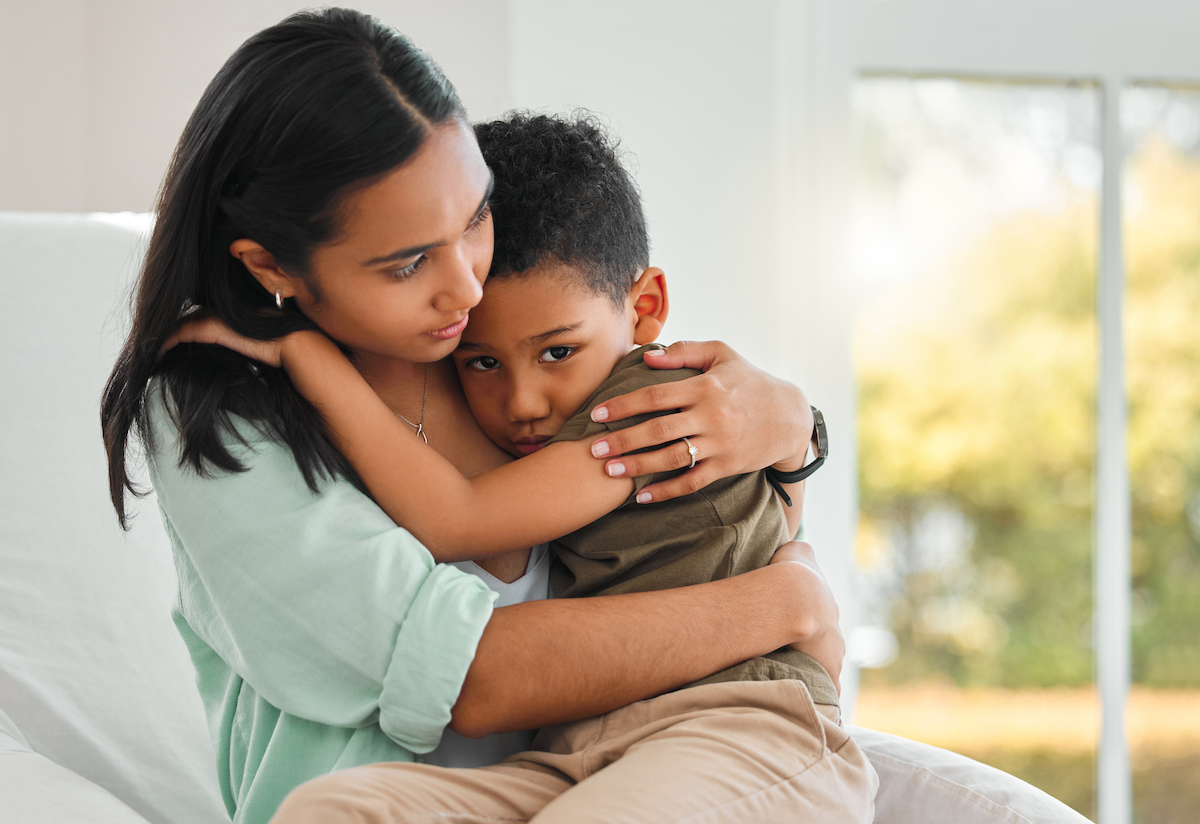I just found out yesterday I have a molar pregnancy. Could you explain more about what that is and if a successful pregnancy is still possible after receiving a D&C due to the molar pregnancy?
—Hannah
I’m sorry to hear this. Molar pregnancies are rare — about 1 in 1,000 pregnancies — but they are complicated. I am going to give a little background before getting to the actual answer.
A molar pregnancy is an abnormal pregnancy where the placenta has the capacity to become an invasive cancer in the mother. The cancer that can develop from a molar pregnancy is called gestational trophoblastic neoplasia (GTN). It is a unique cancer in that it is an invasive cancer in the mother that does not originate from her own cells (the placenta is fetal in origin). There are two types of molar pregnancies: complete and partial. Complete molar pregnancies often present with bleeding, very high HCG (pregnancy hormone) levels and sometimes severe nausea and vomiting and signs of hyperthyroidism. There is no fetus, but rather an enlarged, abnormal placenta.
Complete molar pregnancies have a higher chance of becoming GTN (15% to 20%). Partial molar pregnancies often have a fetus, but typically a nonviable one that miscarries. The HCG levels are not as high, and the mother typically has no unusual symptoms. For this reason, it is often confused with a “typical” miscarriage and is not diagnosed unless a pathologist reviews the miscarriage tissue and sees the molar changes under the microscope. Partial molar pregnancies have a lower chance of becoming GTN (1% to 5%).
The treatment of a molar pregnancy starts with a D&C (dilation and curettage, emptying the uterus) and typically that is all that is needed. Sometimes, chemotherapy is needed afterward, usually with methotrexate, which does not have all of the classic side effects of chemotherapy. The prognosis is excellent, and nearly all women with a molar pregnancy will be able to have successful pregnancies afterward.
One important thing to know is that after a molar pregnancy, there is a time period in which you are not supposed to get pregnant again. The reason for this is that the way we know GTN is not present, or if it was present is now gone, is by documenting a negative HCG level in your blood for at least one to three months. If you got pregnant again before this is documented, it would be unclear if this is a new normal pregnancy or the presence of GTN.
The answer to your question is: If you have the correct treatment(s) and wait the requisite time with a negative HCG, then, yes, a successful pregnancy is not only possible but likely. Good luck!
















Log in